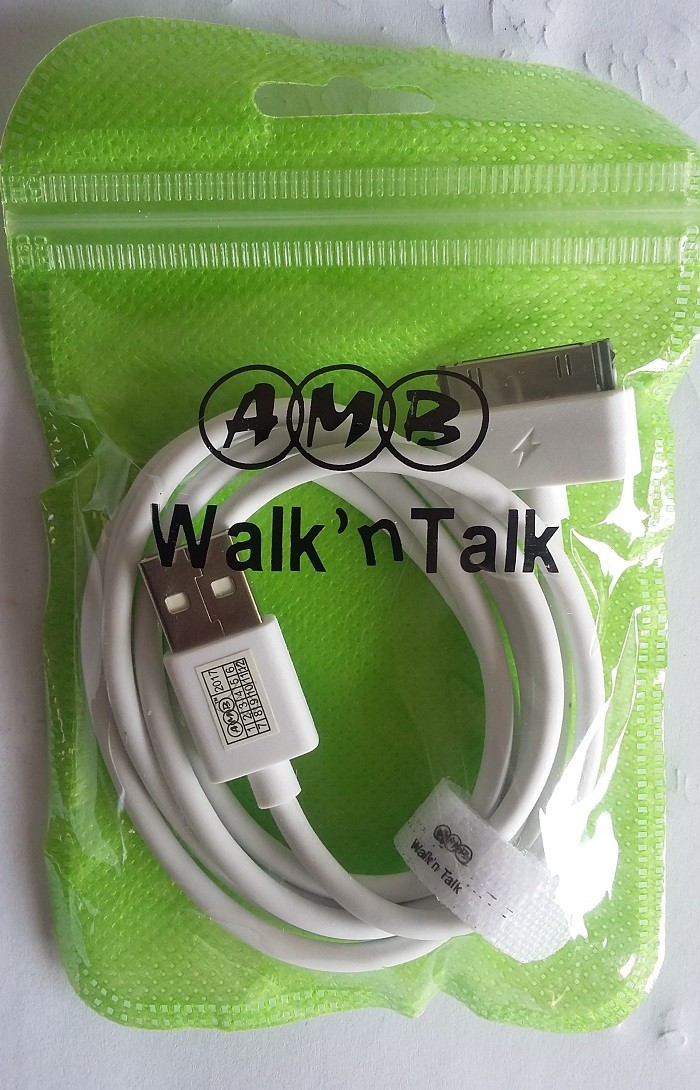
In the vast landscape of modern technology, where connectivity reigns supreme, Data Cable stand as the unsung heroes, quietly facilitating the exchange of information and power between devices. From the humble USB cable to the lightning-fast Thunderbolt connector, these unassuming cords play a pivotal role in our digital lives. In this comprehensive guide, we embark on a journey to explore the intricacies of data cables, uncovering their types, applications, and indispensable tips for optimal usage.
Demystifying Data Cable:
At its core, a Data Cable is a conduit for transmitting data and power between electronic devices. These cables are constructed from multiple strands of copper or aluminum wires, encased within a protective sheath to ensure durability and longevity. What sets data cables apart are their connectors, which vary in shape, size, and compatibility to accommodate different devices and interfaces.
Exploring the Spectrum of Data Cable:
- USB-A to USB-B: The ubiquitous USB-A to USB-B cable is a staple in the realm of data connectivity. With its rectangular USB-A connector on one end and a square USB-B connector on the other, this cable is commonly used to link peripherals such as printers, scanners, and external hard drives to computers.
- USB-A to USB-C: In the era of rapid technological advancements, the USB-A to USB-C cable emerges as a symbol of modernity and versatility. Characterized by its reversible USB-C connector, this cable boasts faster data transfer speeds and widespread compatibility with a myriad of devices, including smartphones, laptops, and tablets.
- Micro-USB: Despite the emergence of USB-C, the trusty micro-USB cable maintains its relevance, particularly in the realm of portable electronics. Its compact size and widespread adoption make it the go-to choice for charging smartphones, Bluetooth speakers, and other handheld devices.
- Lightning Cable: Apple aficionados are no strangers to the Lightning cable, a proprietary connector designed exclusively for iOS devices. With its compact form factor and robust construction, the Lightning cable facilitates seamless charging and data synchronization for iPhones, iPads, and iPods.
- Thunderbolt Cable: For users seeking unparalleled speed and efficiency, the Thunderbolt cable stands as the epitome of cutting-edge technology. Capable of delivering blazing-fast data transfer rates and supporting a myriad of peripherals, this cable is the preferred choice for professional workflows and multimedia enthusiasts.
Harnessing the Power of Data Cables:
- Charging: Beyond mere data transfer, Data Cable serve as lifelines for powering our electronic devices. Whether it’s replenishing the battery of a smartphone or fueling the digital ambitions of a laptop, these cables ensure uninterrupted access to power in an increasingly mobile world.
- Data Transfer: The ability to seamlessly transfer data between devices is perhaps the most celebrated feature of Data Cable. Whether it’s transferring photos from a camera to a computer or syncing music to a smartphone, these cables serve as conduits for the exchange of information, fostering connectivity and collaboration across diverse ecosystems.
- Peripheral Connectivity: From printers to external hard drives, Data Cable facilitate the seamless integration of peripherals into our digital workflows. By bridging the gap between devices, these cable empower users to unleash the full potential of their hardware, whether it’s unleashing creativity or enhancing productivity.
- Software Updates: In an era of perpetual innovation, software updates are indispensable for maintaining the performance and security of electronic devices. Data cable play a crucial role in this process, enabling users to effortlessly install firmware updates, security patches, and feature enhancements to keep their devices running smoothly.
Maximizing the Potential of Data Cables:
- Invest in Quality: When it comes to Data Cable, quality is paramount. Opt for cables crafted from durable materials and backed by reputable manufacturers to ensure reliability and longevity.
- Mind the Compatibility: Before connecting devices, ensure compatibility between the cable and the respective interfaces. Using the wrong cable can lead to suboptimal performance or even damage to the devices involved.
- Handle with Care: Treat Data Cable with the care they deserve to prolong their lifespan. Avoid excessive bending, twisting, or pulling, and always disconnect cables by gripping the connector rather than the cable itself.
- Stay Organized: Keep your Data Cable neatly organized and tangle-free to streamline your digital workspace. Invest in cable organizers, Velcro ties, or cable management solutions to minimize clutter and enhance accessibility.
- Stay Informed: Stay abreast of emerging technologies and standards in the realm of Data Cable to make informed purchasing decisions and harness the full potential of your devices.
In conclusion, Data Cable serve as the silent enablers of modern connectivity, bridging the gap between devices and empowering users to unleash their digital potential. By understanding the nuances of different cable types, harnessing their diverse applications, and adopting best practices for usage, individuals can navigate the digital landscape with confidence and efficiency. So, next time you plug in a data cable, take a moment to appreciate the marvel of connectivity it represents—a testament to the ingenuity and innovation driving our interconnected world.